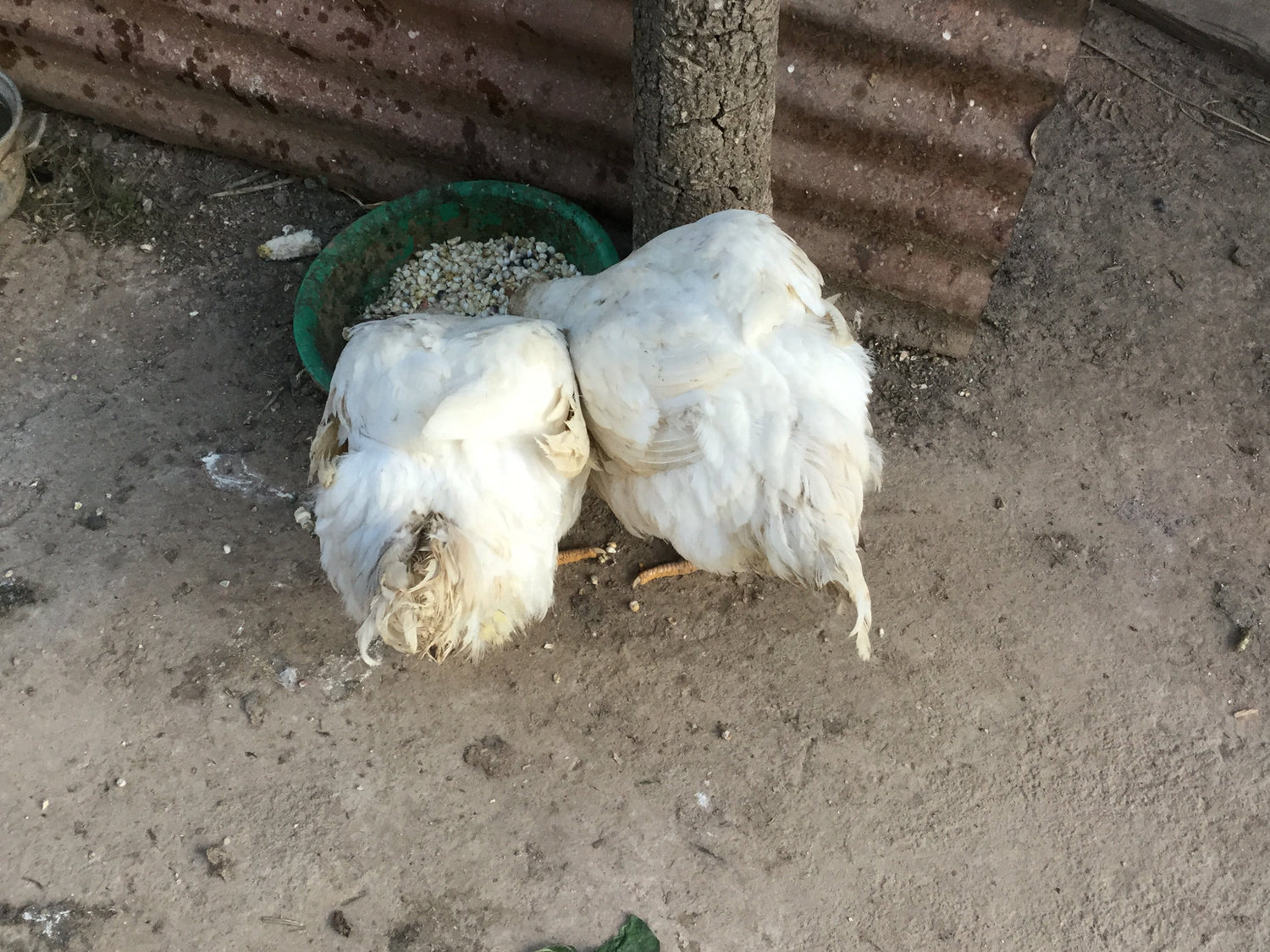Day 3: Benito Juarez and La Neveria.
After another icy night in Benito Juarez, a village of more than 500 people, we went for breakfast: steak and tortillas in a black bean sauce. It is a bit surprising for breakfast but as we have about ten kilometers to go, the proteins are welcome even if I would have preferred a fruit salad and eggs. We went to La Neveria with our guide at 10:15, but we had forgotten to return the keys of the cabin and Chris had to go back.
Our guide is Ernesto, a very nice gentleman of 63 years old. He explained many things to us: climate change, the loss of the Zapotec language, the loss of the transmission of ancestor’s knowledge, the virtues of medicinal plants, the laziness of young people, etc. The path was difficult downhill with the thick carpet of pine needles hiding small pebbles, roots, small treacherous branches to make you stumble, slip or fall. In particularly perilous places but actually not so dangerous, Ernesto gallantly held my hand and lent me his walking stick. He asked Chris to take a picture of him and me when he held my hand down, but we forgot ... It was difficult to appreciate the landscape when we had to constantly watch where we put our feet to avoid ending up on our buttocks - or worse - 100 meters lower in the precipice. Obviously in the mountains nothing is flat and when you put so much effort going down the steep slope without falling, you have to put even more effort to climb on the other side. In the long run, it becomes a little depressing. We also had to cross the river on a rickety bridge made of two narrow and springly planks. No thanks, I decided to cross the river by jumping from rock to rock at the risk of getting my feet wet or worse, which made Ernesto laugh.
We finally arrived at La Neveria, tiny village of 75 people, where our lunch was waiting for us. Here we have little time to rest. We must quickly drop our bags in our cabin, a little pee, the restaurant, the shower and on the go again for another 5 hours activity at one kilometer away (500 meters downhill, 500 meters uphill) for learning how to make a gastronomic-organic meal with Violeta Cruz-Santiago. Obviously, we are welcomed with open arms; how not to love these people; we were offered a glass of Tepache and even the whole pitcher. Tepache is a slightly fermented drink, the result of a second fermentation of Pulque which is made with the sap of the blue agave. They dig the center of the plant and harvest three liters of sap a day that they let ferment for two or three days. Mescal and Tequila are made from the distilled Pulque. I can not say that I really like Pulque, I prefer the Tepache which is a little sweeter and slightly sparkling and reminded me of Kombucha. After our degustation, I was immediately put to work: separating the small leaves from the branches of a grass of the family of alfalfa and which name I have forgotten. This herb is used to flavor tamales, a dish made from ground corn and steamed in a corn leaf. I really like tamales and according to Violeta, there are at least 7 varieties. Chris was also put to work grinding the white corn that had been soaked with wood ash before. Wood ash is used to make corn digestible. On the other hand it had to be washed several times. I also lent him my arms because turning the crank is rather tiring and there is a lot of corn to grind and you have to grind it twice. As I love to exercise, I took advantage of it. At least half an hour later, the corn was ready. Violeta mixed herbs, ground corn, pork fat, chicken broth, water, a little salt and we shaped the tamales in the form of small sausages that we put in the corn leaves. The red leaves give a nice color to the tamales. Once finished, we separated the flesh from the bones of the chicken. Violeta ground more corn but this time much finer to make tortillas. These tortillas were used to make other tamales with mole sauce which is often made with chocolate. She had made the sauce before so that it had the time to cool down. Violeta put the mole and chicken on the tortillas and folded them into a corn leaf. She then placed them in a large pot and steamed them for two hours on her rustic stove. Everything is rustic in this rather dilapidated house with no running water inside. There is a sink with a pipe outside and the water drips directly into the garden.
We will learn a little later that the last earthquake in September had made the wall collapse on the second floor where the family was sleeping. They were very lucky not to be buried under the rubble because the wall fell on their bed. The other walls of the house are badly cracked and the bathroom unusable.
Now it's time to do the salsa. Violeta puts peppers of different sizes and more or less spicy to roast on the stove. Later she adds garlic cloves with skin and tomatillos. The peppers make us cough because the fumes when roasting sting our throats. She grinds these peppers in a mortar for what seems to take hours, she adds garlic and tomatillos and water. She offers us coffee or chocolate with water to accompany the meal or a drink made from corn: Atole, obviously curious, it was what we choose. The Atole looks like a thin polenta and you can add a little sugar. Two hours later is the time for supper. It's been 4 hours that we are here and we did not stop cooking. What a job for this dish that looks so simple and rustic. Tamales are sold for 2 little pesos (just $0.15) each and they take hours to make. We ate well and left in the dark with our flashlights to our cabin after warmly kissing Violeta and her daughter Sandra. After we return to our cabin, the small fire in the chimney started to smoke so we had to open the door to change the air and we froze in our king size bed all night long.


0 comments